How Chicago bloggers turn their part-time hobbies into full-time thriving businesses
It feels like everyone has a blog. Your friend has a blog, your aunt has a blog, wouldn’t even be surprised if your cat has a blog. Numerous people have something to say to the world, and blogging tends to be the perfect platform for it.
Yet, there are some bloggers who stand out among the rest, typically based on a popular social media presence and quality online content. They are the fashion bloggers showing off designer clothes, food bloggers with beautiful-looking recipes, and lifestyle bloggers with their seemingly perfectly curated lives. What isn’t so evident, and probably the reason why these bloggers stand out, are the brands that support their content in the background. It’s a popular way for brands to advertise products, which is why more and more bloggers are leaving their jobs and blogging full time.
Blogging is no longer just a hobby, but a full-fledged business model.
Why blogging?
Before even considering the business side, many bloggers claim they start blogging for two reasons: It’s a fun hobby, and they have something to say. For Meghan McAllister, a 20-year-old student at DePaul University and author of the blog Lincoln Park Minute, there is a lot of truth to this statement.
“Ever since I was 13, I’ve always been passionate about photography, fashion and writing,” she explained. “I always neglected those passions because I never had an outlet for it until college.”
As a child, Meghan taped magazine cutouts on her door for inspiration. Never did she think of actually working with some of the labels that she admired. When Meghan came to DePaul in the fall 2013, she decided it was time to break the typical work stereotype and pursue a position as a Rent The Runway campus representative. By her sophomore year, she started to write for College Fashionista. Although this position was fulfilling her desire to pursue these passions, the guidelines were limiting her sense of freedom to post her real thoughts.
“It was a great place to refine my skills, but I wanted to do my own thing,” said Meghan. When she started expressing these these desires to her boyfriend Austin Herrington, he presented Meghan with a challenge.
“He was actually the one who asked, ‘Why don’t you do your own blog?’,” said Meghan.
That bit of motivation lead Meghan to launch Lincoln Park Minute on Jan. 15, 2015. With a small $20 purchase on Etsy for a Blogger layout, Meghan was ready to get blogging.
“I felt like I had nothing to lose.”
As soon as Meghan started, her eyes were opened to the business side of blogging. Not just the finances, but the social media marketing and networking as well. In a few months’ time, her fun blogging hobby turned into a small profession as her social media networks increased to over 15,000 Instagram followers, 1,000 Twitter followers, and over 40,000 blog views since January 2015.
“I see my [social] following growing, but I want to increase my readership,” said Meghan. “I try to think of fresh and engaging content. I also want my content seen and shared by more people than I could ever imagine.”

Meghan specifically focuses her posts on personal style, featured women entrepreneurs or bloggers, as well as other interests in the Chicago. Her goal is for people to feel inspired, particularly the women in her generation or younger. Confidence in personal style and careers is where she wants her readership to thrive, and she hopes she can continue to produce content that will affect the specific audience she is trying to reach.
Plus, if there is an audience, then there is a business need. Products and entrepreneurs look for people in these audiences, which is where the money side of blogging comes to play.
From hobby to job, how do bloggers make money?
To some, blogging is just a hobby. But to the world of business and retail, it’s a force to be reckoned with. Why? Because bloggers need content, and businesses need new and creative ways to advertise to their clients. The transaction is a true win, win, win situation.
Before businesses consider partnering with a blog, the blog needs to have a lot of readers. Meghan knew that her readership would expand if she continued to network, so she joined the Windy City Blogger Collective.
Two years ago, WCBC was simply a bunch of bloggers getting together during happy hour. Kit Graham and Erin Eassett, the founders of WCBC, wanted to provide a network to get to know other bloggers in Chicago. Their happy-hour events started to get popular, and eventually after 65 people were showing up, they knew things had to change. WCBC now works with 400 members and host two to four member events a month.
“Members learn so much from each other, they get to collaborate, and it makes blogging fun,” said Kit. “Because all of a sudden you have friends involved with it, too.”
Along with all of the networking, WCBC is given opportunities from brands to write about different products and events. Businesses reach out to WCBC, and WCBC passes on the opportunities to particular blogs that will best affiliate with those brands.
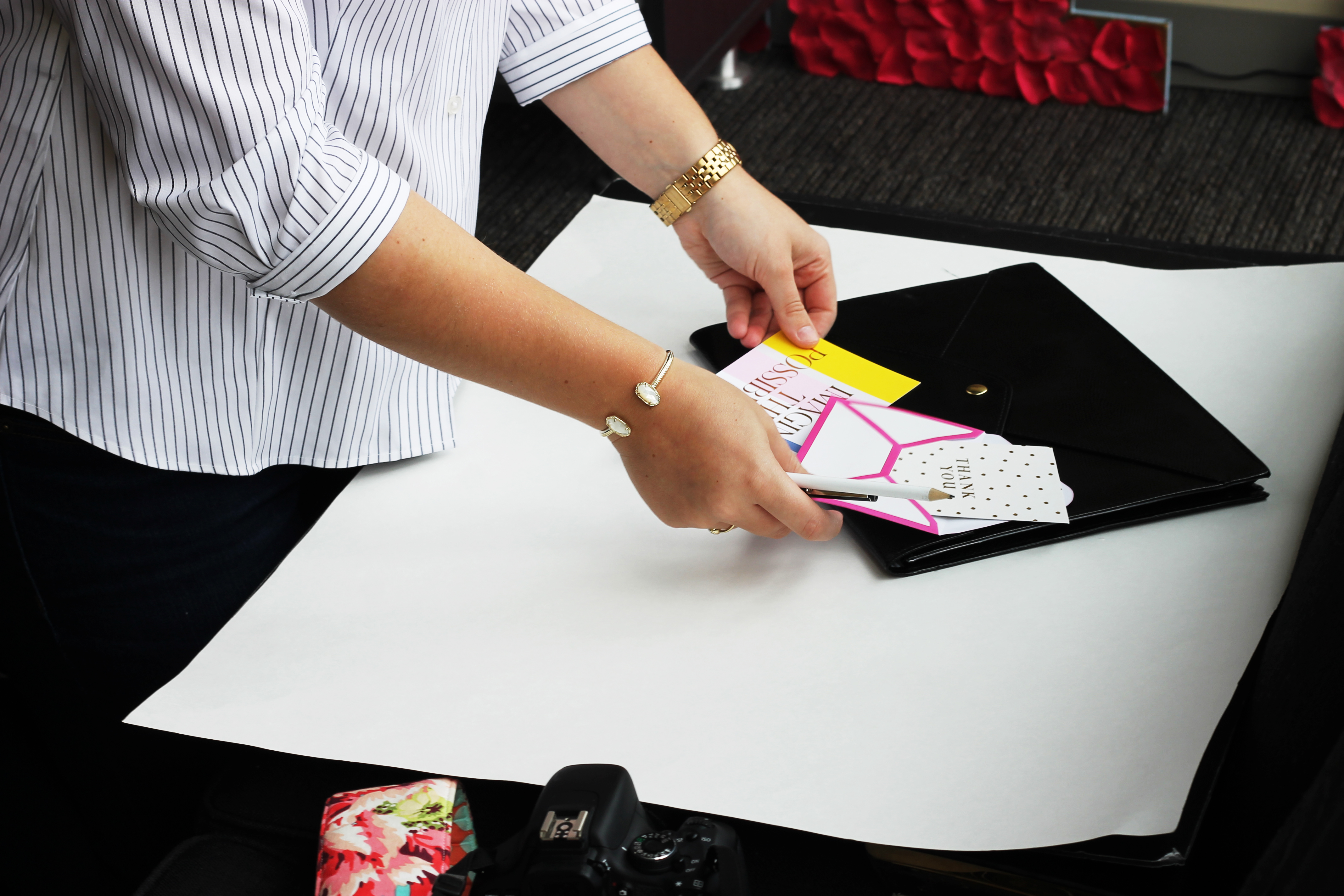
Meghan joined the WCBC as soon as she launched her blog in January, and right away she was getting partnered with brands. These brands include Sally Hansen, Warby Parker and Nexxus Haircare, just to name a few. More recently, Meghan has been accepted into a commission program called Rewards Style, otherwise known as Like to Know It. The commission is based on the amount of people that click on her provided link, which can be difficult for Instagram since the app currently does not allow clickable links. She also earns commission from a widget on her blog called Shop Style, which links out products where she earns a few cents a click as well. Her commission is nowhere close to being a steady income for Meghan.
“I don’t think I’m in a position to ask people for money because my readership isn’t too big, but that is what I am wanting to work towards,” she said.
For others, however, seeing an intense increase in readership has resulted in some sweet gigs. Dasha Guyton of Windy City Wardrobe, for example, receives anywhere from $25 to $400 every time she covers an exclusive event or product.
“I didn’t get into blogging for money, it’s my creative outlet,” said Dasha. “But if I continue to grow it may become my full-time job.”
Windy City Wardrobe started in April 2014, and Dasha has been able to get connected with brands and PR representatives through WCBC as well.
Even though Dasha could imagine blogging becoming a full-time career, she is enjoying some of the perks of being a blogger now, like getting free or reduced-price tickets to exclusive events, press passes, and interviewing celebrities. Right now, Dasha has a full-time job in social services, and is aware that the switch to full-time blogging would be a huge financial risk.
Making the decision: Could I actually blog full-time?
According to WCBC, a blogger in Chicago would need to make an annual income of $50,000 in order to live a somewhat comfortable lifestyle in the city. This, of course, depends on where you are living and the expenses that come with it, but it’s around that number that bloggers look to be making in order to make a full-time switch.
Kit Graham continues to work on her blog The Kitchen while also working with WCBC, and is thankful that writing a food blog means free food.
“When I factor in the money, [my blog] makes a little less than my day job,” said Kit. “However, with all the free food I get, I actually make more. It depends on the commission and the perks that come with the type of blog you work on. People are pretty inventive on how they make their money.”
Inventiveness is especially true for Lauren Hooker and Elle & Company Design.
Lauren originally started a blog in order to create a hub for her graphic design business. However, when she decided to switch her business to a full-time job in January 2014, she found herself sitting in the red after a full year. After some research, she found that her content needed to be more focused to her audience, which is why she now specifically writes about design work and blogging tips in July 2014.
These changes resulted in an instant boom in clientele.
“One of the high moments that definitely helps with the success of my blog is having that mind shift back this time last year when I narrowed down my blog topics,” said Lauren. “I was blogging about everything from faith to recipes to portfolio posts, and changed that to talk about blogging and my business.”
Lauren’s readership grew from less than 20,000 to almost 90,000 since creating a niche for her site, and even set her typical client price from $1,500 to $3,500 after receiving an influx of clients, and will increase her client price to $5,500 in 2016. Her weekly newsletters grew to 220 subscribers, and offers monthly e-courses to 40 people at $250 a seat.
With Lauren’s revenue coming through her business, her blog’s content is not based on products or events through a network such as WCBC. However, for those who are working with brands and products, it is a fine line to draw between making good money and being authentic about what is published.
Finances: The good, the bad, the ugly
Authenticity in content actually plays a significant role in the financial portion of blogging for business. In her post “My Secret For Rapidly Growing My Business,” Lauren Hooker points out that 81 percent of U.S. online consumers trust information from sites and blogs. While this statistic is a positive one, this also leaves a lot of opportunity for deception.
Sharareh Drury, the former editorial director at Womensforum.com and blog author for One Girl Many Plates, notices this drastic difference in authenticity in bloggers while working with them personally at her former job.
“Bloggers have to seriously ask themselves, ‘Do I want to stay true to myself and pick and choose what I write about, or do I just take money from everybody?’” said Sharareh.
Sharareh points out that the bloggers that stand out are the ones who play the role of a hybrid, one who is up for writing content about brands but staying authentic to who they are. Nevertheless, this type of authentic content does not come easy. Bloggers who care more about the authenticity of their site means saying no to brands, which also means saying no to money. This can play in the financial burdens of blogging, especially for one who relies on their blog for a steady paycheck.
Another financial downfall in the world of blogging happens when sponsors and brands send bloggers late payments. Kit Graham mentions how thankful she is to be married with consistent financial support since she is waiting for two months’ worth of payment to still come in.
“Projects with a longer timeline means a longer time to get paid – and it’s something to point out for freelancing,” said Kit. “You have to make sure you have a lot of money saved up first just in case.”
Lauren saw this first hand after being in the red during her first year full time with Elle & Company Design. However, due to raising the prices for her client work, she is anticipating six figures this year in net income.
For other bloggers who work with sponsors and brands, it’s a matter of getting creative in order to make more money in authentic way. Some of those methods include sidebar ads, in-link content and affiliate links, where bloggers will get a percentage from the sale of the product they write about.
“The crazy thing about blogging is there is always a new way to make money,” said Lauren. “You could write a book, you could create a brand, it really looks different for every person.”
The future of blogging
Now here’s the big question: Is world of blogging becoming too big?
WCBC says no.
“I think it would be hard for there to be too many bloggers,” said Kit. “There are a lot of people who start, but very few people who really stick with it. The opportunities are out there, and you can really build on them. I’m glad to see it grow!”
WCBC is an advocate for blogger networking and community online versus competition and bullying. They want WCBC to be a community of people who inspire encourage each other, and they will remove any member that exudes any negative behavior towards another member.
Plus, a sense of competition would not exist if bloggers strive to be different with their online space instead of replicating the same ideas as another blog.
“I think the key for standing out in this huge sea of bloggers is to try and do something different, because it’s true everyone has a blog now,” said Lauren. “I think the ones who stand out are the ones who have something different to offer, or they are doing a really, really good job at what they are doing.”
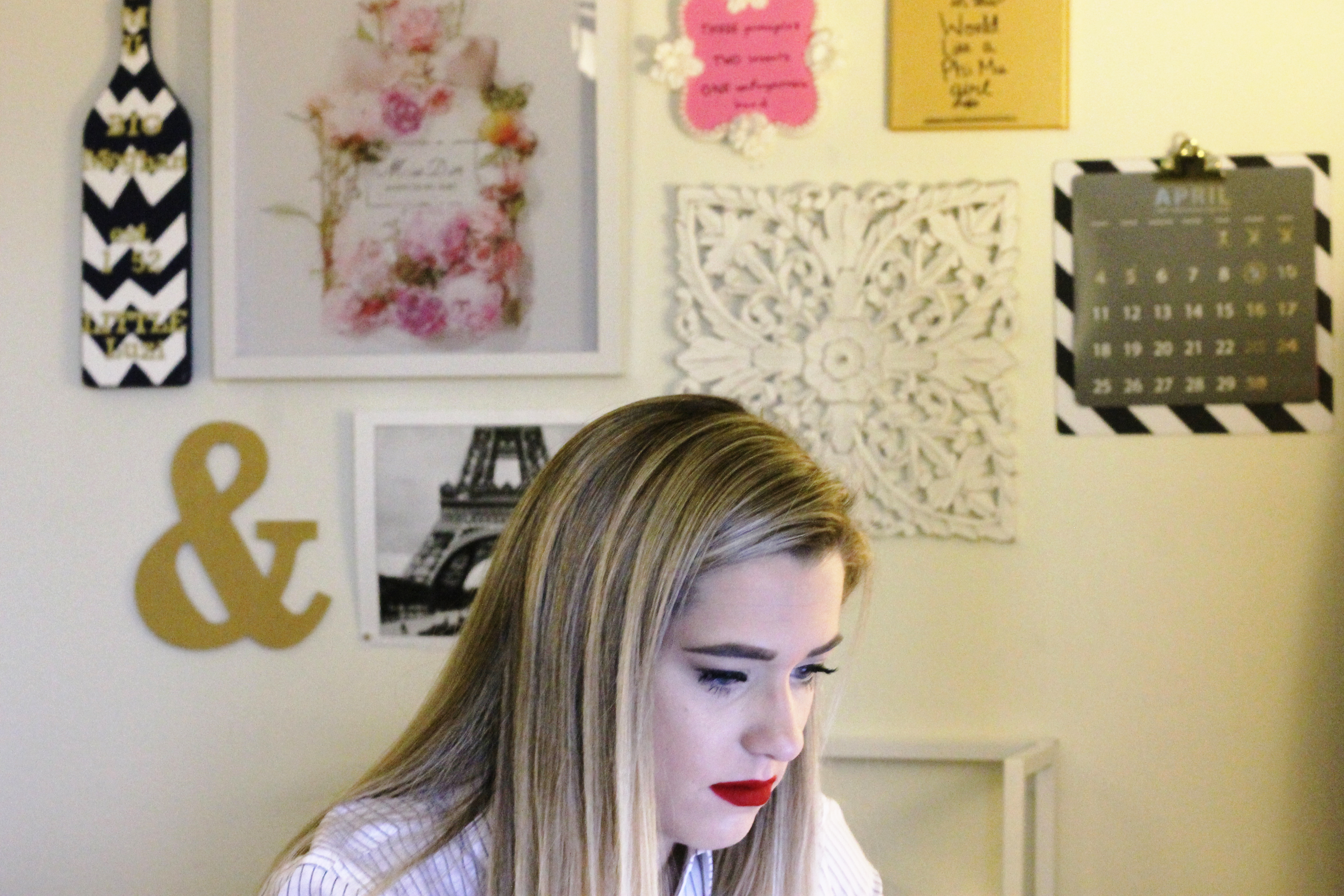
Meghan McAllister hopes that this can be a reality for Lincoln Park Minute as she continues to write and photograph her favorite outfits, brands and Chicago spaces. Her hope is for women to leave her online space feeling confident and inspired in every aspect of their life, particularly in their style.
“Fashion is such an outlet,” said Meghan. “If you find something that you are confident in, I mean, there’s a reason why people say, ‘If you look good, you feel good,’ or ,‘Dress well, test well.’ When women nurture their sense of style, it will seep into other areas of their life.”
For now, Meghan is a full-time student, PR intern and part-time blogger. But her aspirations to make her blog a full-time career are still a dream for her to reach, and she looks forward to expanding her blog.
Photos by Kiersten Sinko of Meghan McAllister


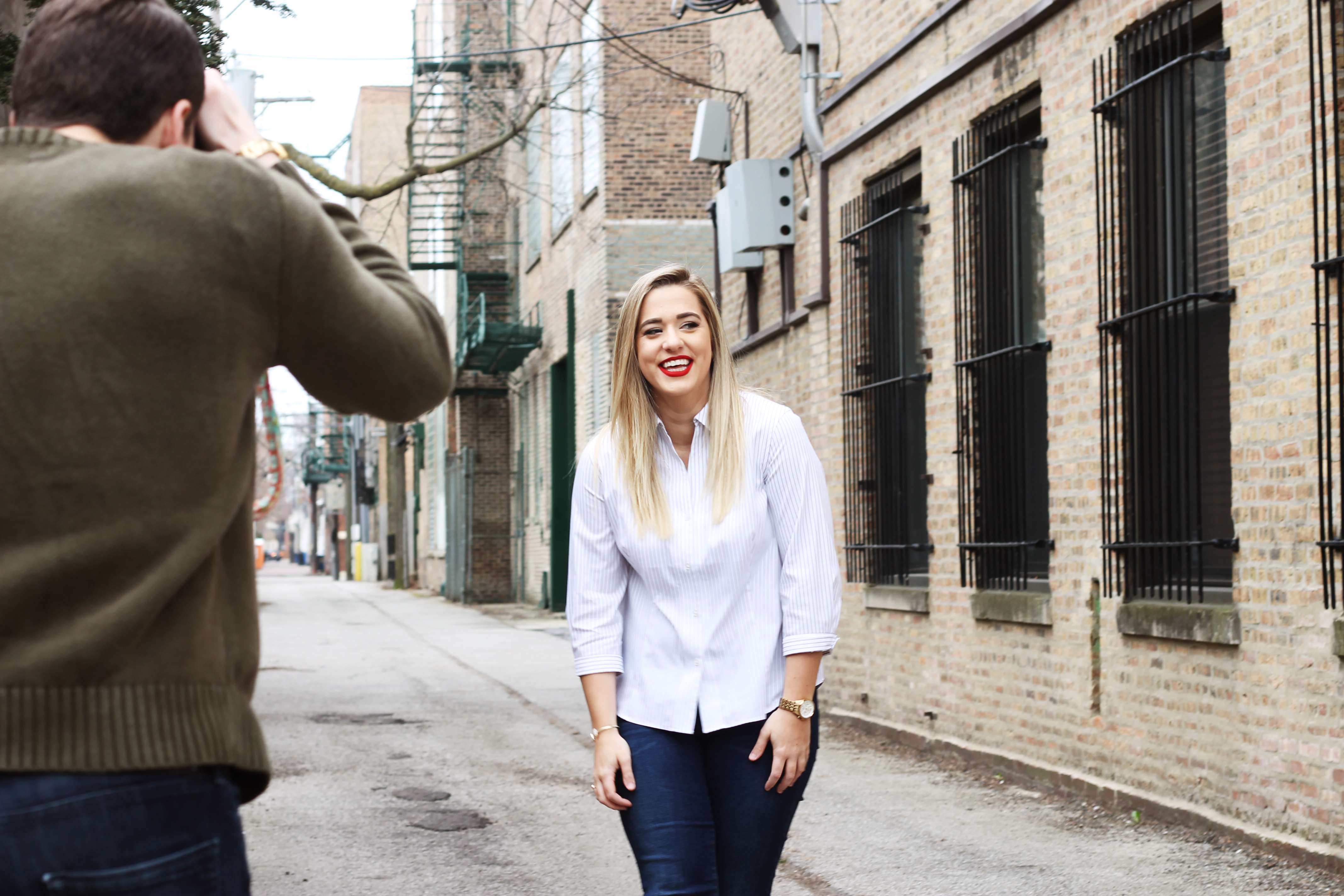
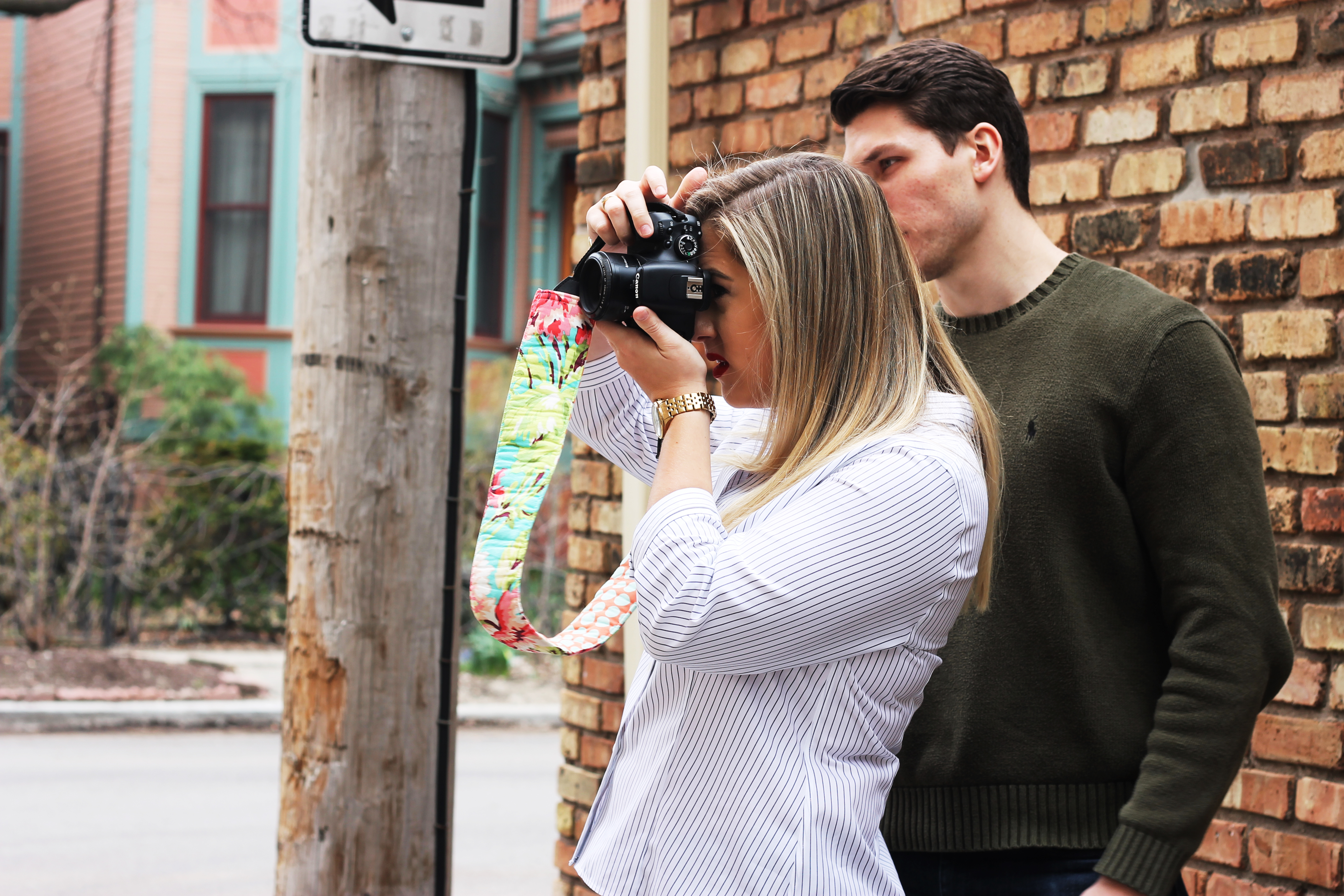
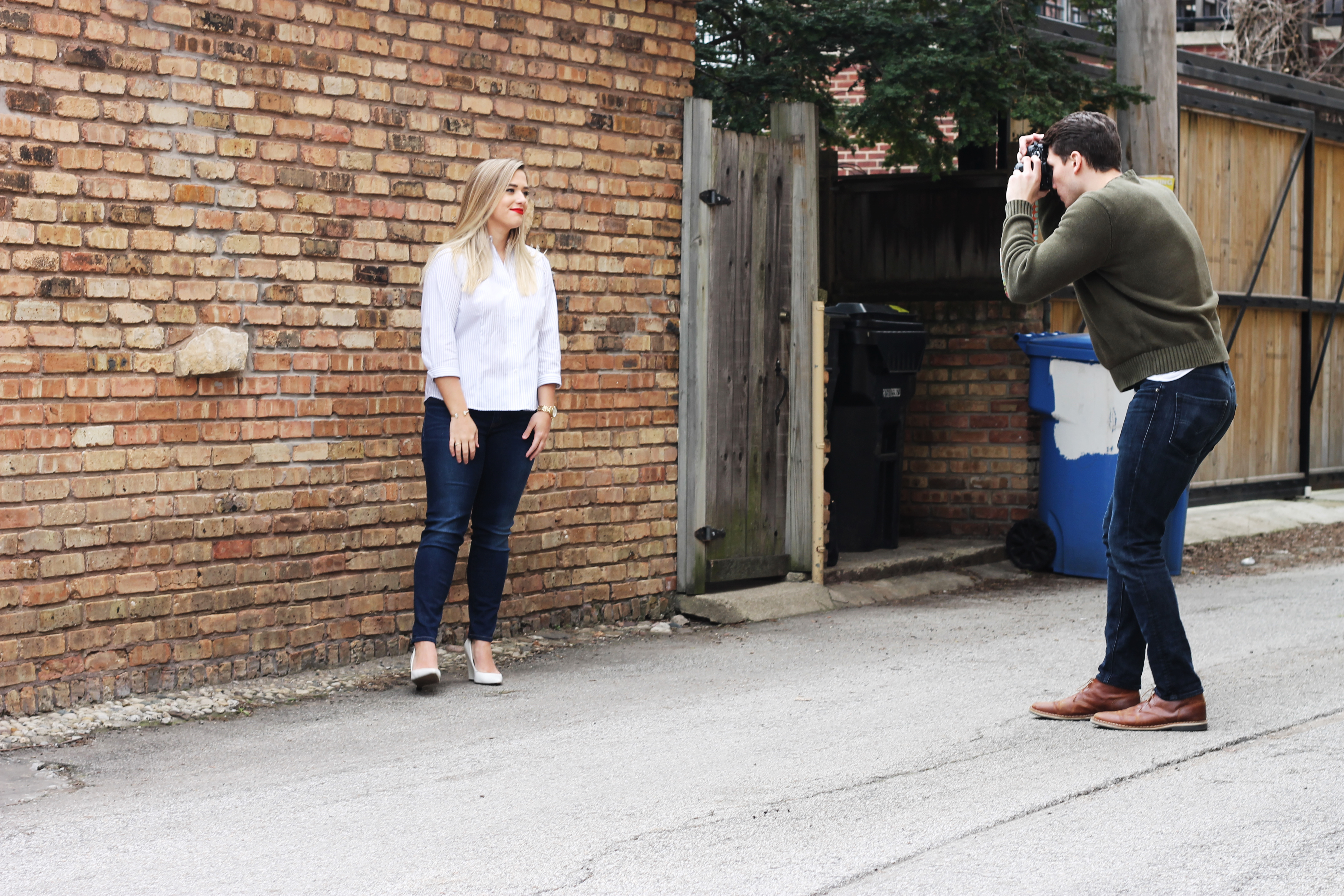
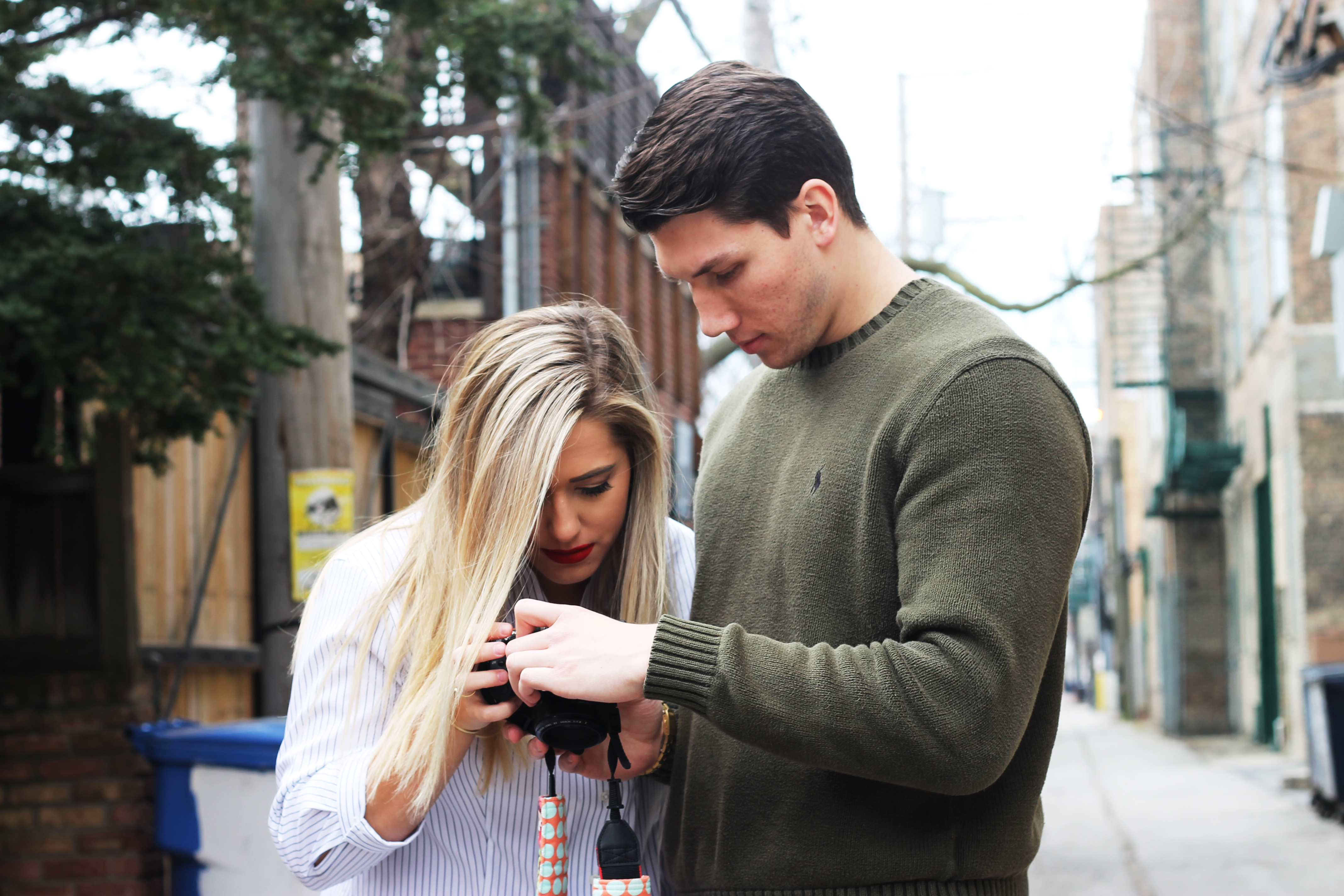
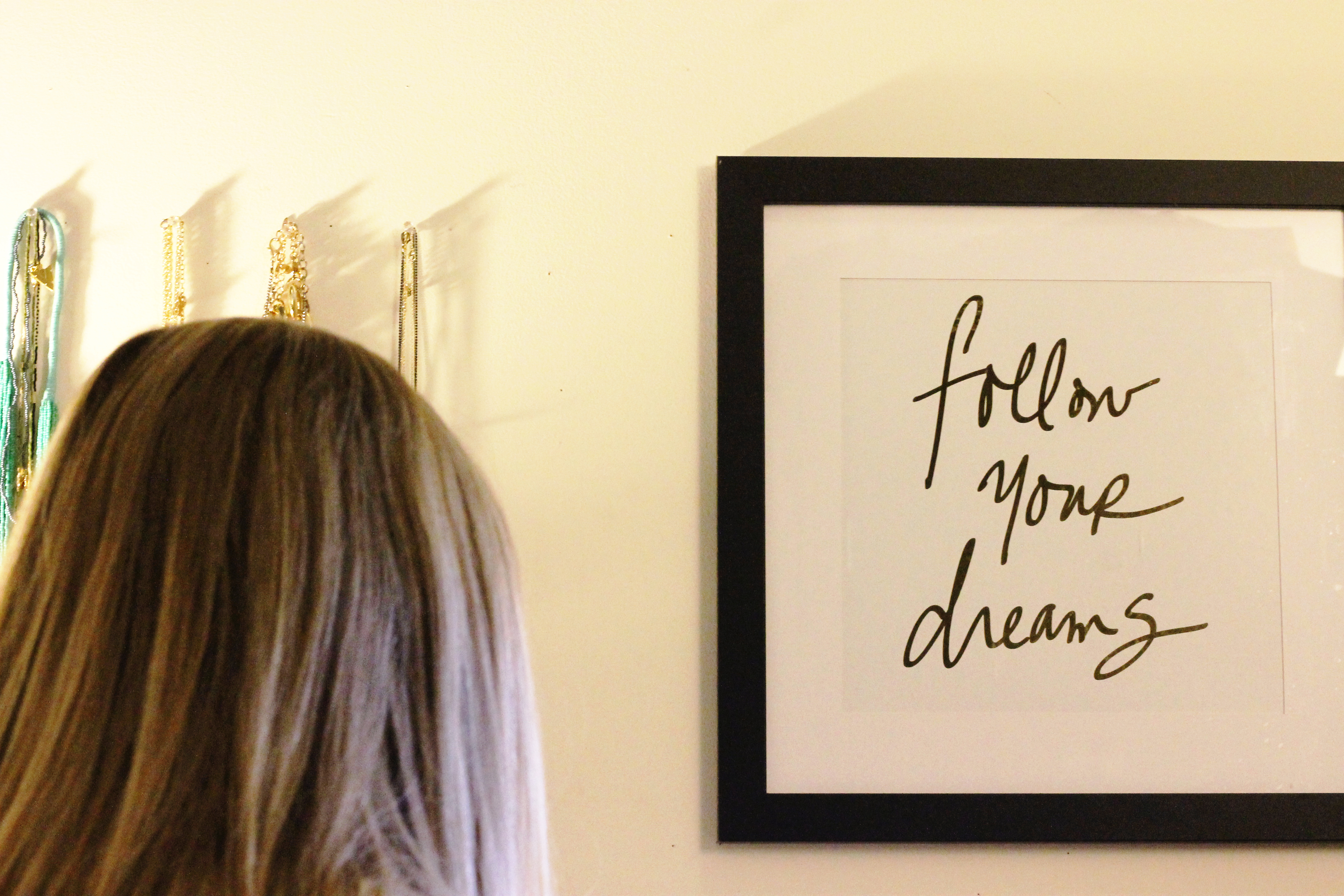
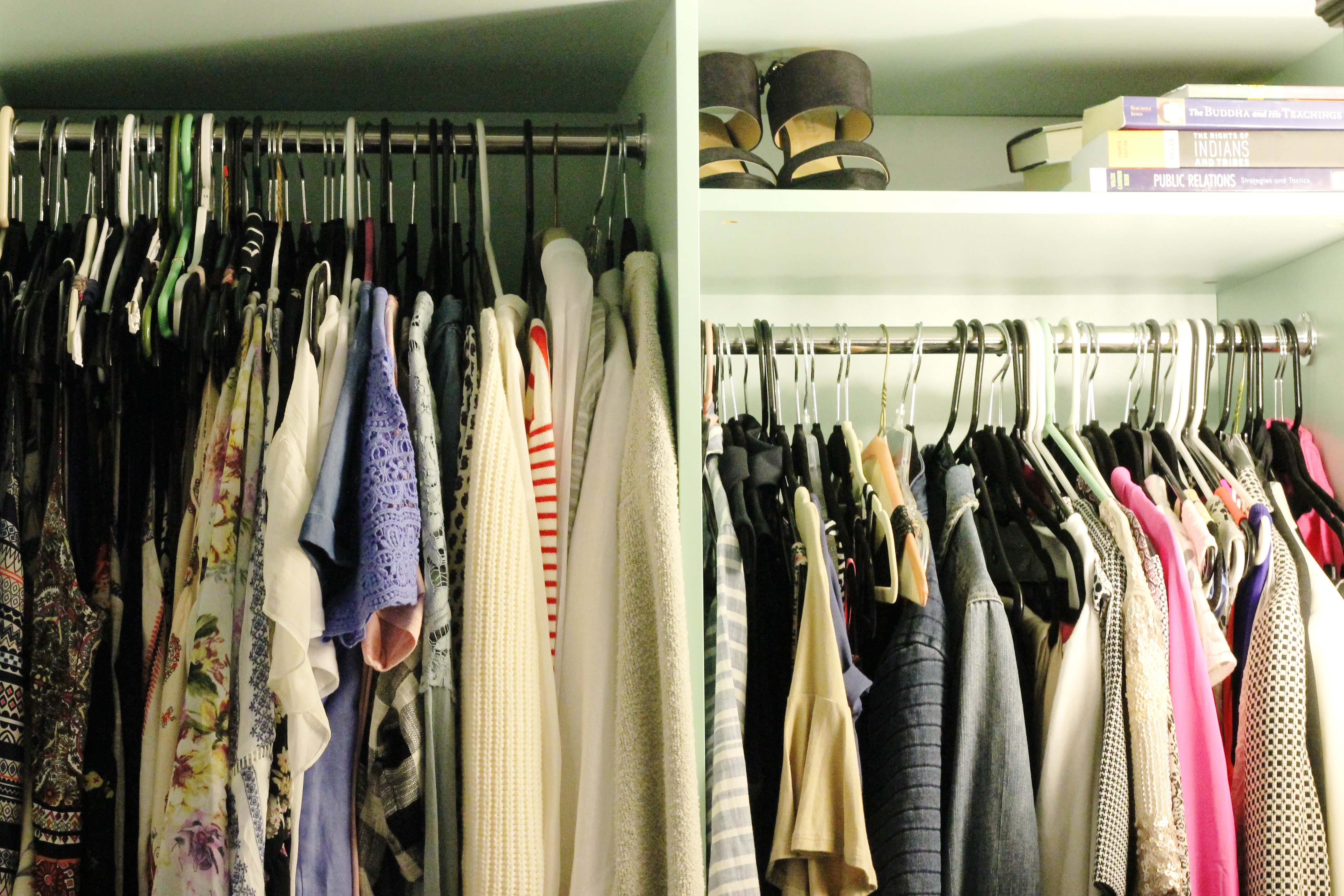
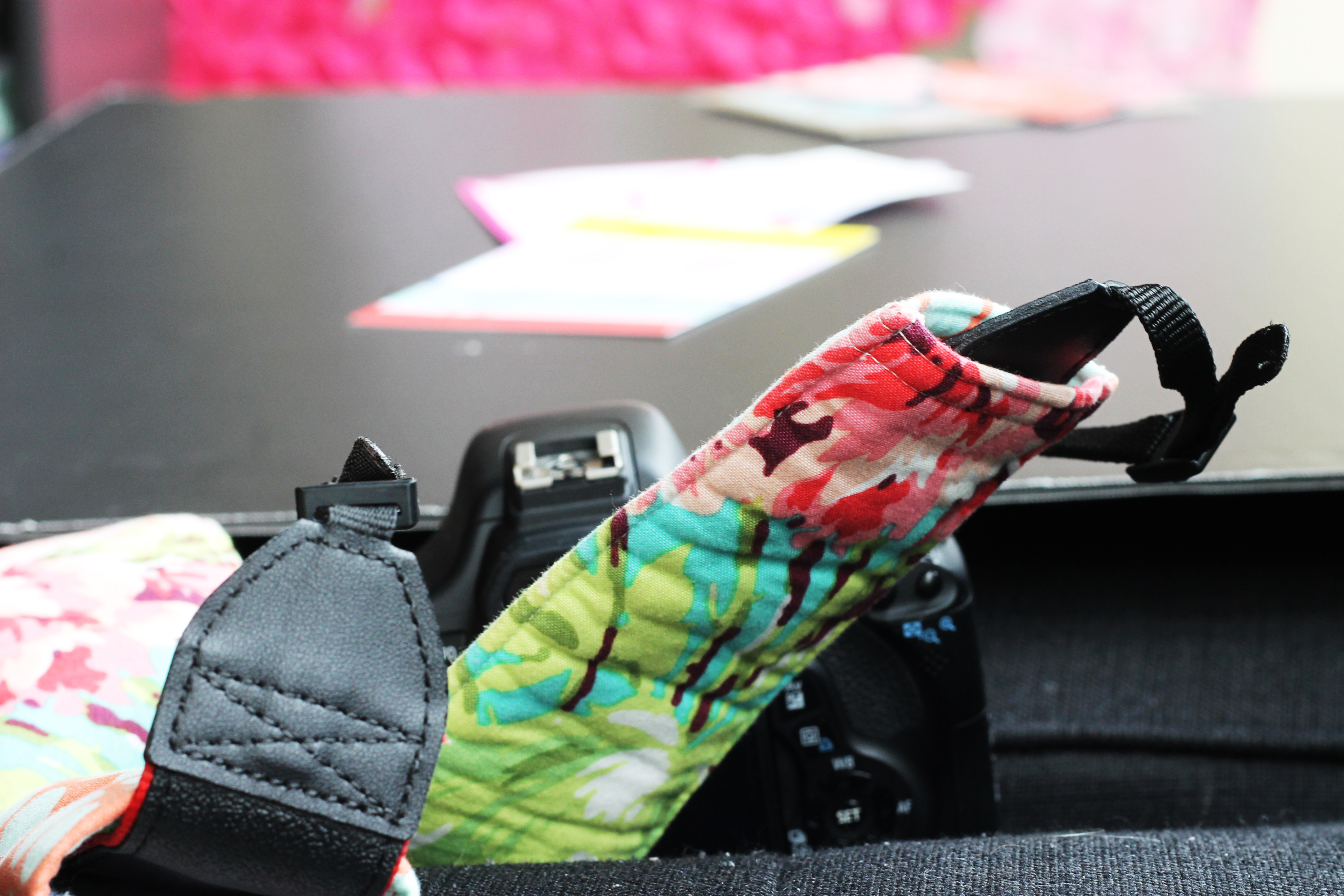

NO COMMENT